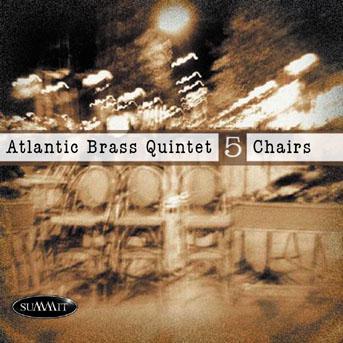 |
Fanfare Ciocarlia |
The details of each work are listed in this order:
Title
Ensemble
Recording
Origin
Ensemble
Recording
Origin
Rusasca de la Buzdug
Fanfare Ciocarlia
Radio Pascani
Romania (Balkan Brass Band)
Mundo Cocek
Boban I Marko Markovic Orkestar
Golden Horns - Best of Boban i Marko Markovic Orkestar
Serbia (Balkan Brass Band)
Sword Fight
Bollywood Brass Band
Movie Masala
England (Indian)
El Carretero
Pepe Gutiérrez & Mariachi De Pepe Villa
Vintage Mexico No. 158
Mexico (Mariachi)
Entierrenme Con La Banda
Banda el Recodo
Del Pueblo
Mexico (Banda)
Y Te Vas
Banda Carnaval
Las Vueltas de le Vida
Mexico (Banda)
Tangimausia
Beulah College Band
Ifi Palasa - Tongan Brass
Tonga (Traditional)
In your Garden Twenty Fecund Fruit Trees
Frank London's Klezmer Brass Allstars
Frank London's Klezmer Brass Allstars
USA (Klezmer)
Always Remember
The Tigers
Dancing with Daddy G
USA (Trombone Shout Band/Gospel)
Doghouse Polka
Kris and the Riverbend Dutchmen
Partners, Brothers, And Friends
USA (Polka)
We also viewed these two videos:
Guca (Balkan) Brass Festival
Wedding Band Jaipur (India)
Finally, at the conclusion of class, I mentioned the correlation between the similarity of styles and instrumentation in German/Austrian Polka and Northern Mexican Banda style. This is explained below in the article "Does Mexican Music have German Roots?" by
Mexican Music Style Influenced by Germans
Music from the northern part of Mexico, norteño, meaning "northern," or música norteña, "northern music," was influenced by German settlers in Texas around 1830. It is no coincidence that some types of Mexican music have the German polka "oom-pah-pah" influence.
Migration Phenomenon
There was a large migration of Germans to southern Texas from the 1830s to the 1840s. According to the Texas State Historical Association, the largest ethnic group in Texas born in Europe or whose parents came from Europe hailed from Germany. By 1850, Germans made up more than 5 percent of the entire population of Texas. This part of Texas became known as the German Belt.







:format(jpeg):mode_rgb():quality(40)/discogs-images/R-4031602-1352955124-1228.jpeg.jpg)


